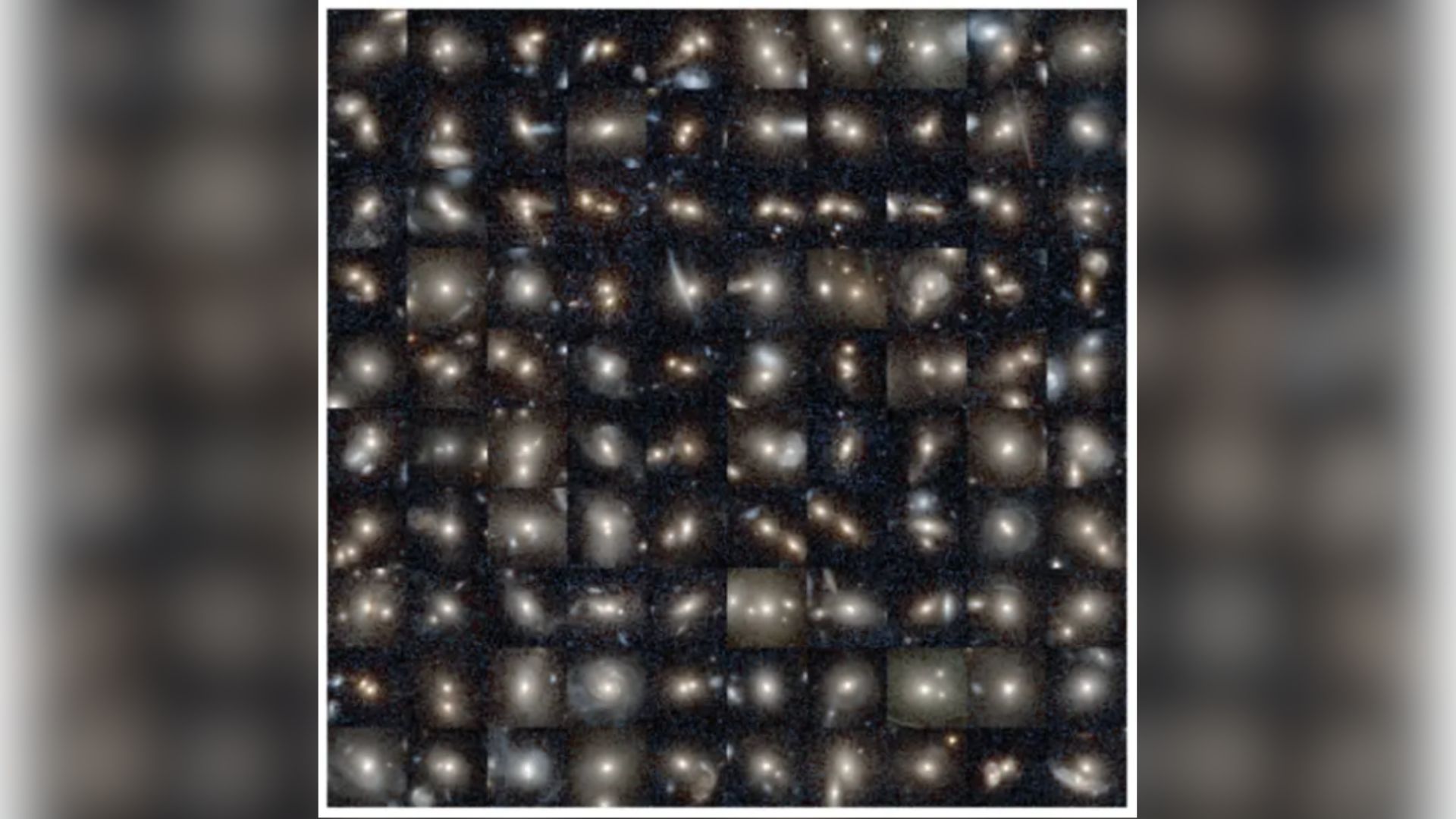Spaceship Could Fly Faster Than Light
Travelby bubble might seem more appropriate for witches in Oz, but two physicistssuggest that a future spaceship could fold a space-time bubble around itself totravel faster than the speed of light.
We'retalking about the very distant future, of course.
Theidea involves manipulating dark energy — the mysterious force behind theuniverse's ongoing expansion — to propel a spaceship forward without breakingthe laws of physics.
?Think of itlike a surfer riding a wave,? said Gerald Cleaver, a physicist at BaylorUniversity. ?The ship would be pushed by the spatial bubble and the bubblewould be traveling faster than the speed of light.?
In theory,the universe grew fasterthan the speed of light for a very short time after the Big Bang, driven bythe dark energy that represents about 74 percent of the total mass-energybudget in the universe. Dark matter constitutes 22 percent of the budget, andnormal matter (stars, planets and everything you see) makes up the remaining 4percent or so.
Strange asit sounds, current evidence supports the notion that the fabric of space-timecan expand faster than the speed of light, because the reality in which lighttravels is itself expanding.
Cleaver andRichard Obousy, a Baylor graduate student, tapped the latest idea in stringtheory to devise how to manipulate darkenergy and accelerate a spaceship. Their notion is based on the Alcubierredrive, which proposes expanding space-time behind the spaceship while alsoshrinking space-time in front.
Breaking space news, the latest updates on rocket launches, skywatching events and more!
Stringtheorists had believed that a total of 10 dimensions exist, including height,width, length and time. The other six dimensions exist largely as unknowns, buteverything is based on hypothetical one-dimensional strings. A newer theory,called M-theory, suggests that those strings all vibrate in yet anotherdimension.
Manipulatingthat additional dimension would alter dark energy in terms of height, width,and length, Cleaver and Obousy theorize. Such a capability would permit the alteringof space-time for a spaceship, taking advantage of dark energy's effect onthe universe.
"Thedark energy is simultaneously decreased just in front of the ship to decrease(and bring to a stop) the expansion rate of the universe in front of theship," Cleaver told SPACE.com. "If the dark energy can be madenegative directly in front of the ship, then space in front of the ship wouldlocally contract."
Thisloophole means that the spaceship would not conflict with Einstein's Theory ofRelativity, which states that objects accelerating to the speed of lightrequire an infinite amount of energy.
However, theBaylor physicists estimate that manipulating dark energy through the extradimension requires energy equivalent to the converting the entire mass ofJupiter into pure energy — enough to move a ship measuring roughly 33 feet (10meters) by 33 feet by 33 feet.
?That is anenormous amount of energy,? Cleaver said. ?We are still a very long ways offbefore we could create something to harness that type of energy.?
The workaroundsolution may leave fans of Einstein pleased. But for now, faster-than-lighttravel remains, like Oz, a pleasantfantasy.
Jeremy Hsu is science writer based in New York City whose work has appeared in Scientific American, Discovery Magazine, Backchannel, Wired.com and IEEE Spectrum, among others. He joined the Space.com and Live Science teams in 2010 as a Senior Writer and is currently the Editor-in-Chief of Indicate Media. Jeremy studied history and sociology of science at the University of Pennsylvania, and earned a master's degree in journalism from the NYU Science, Health and Environmental Reporting Program. You can find Jeremy's latest project on Twitter.
